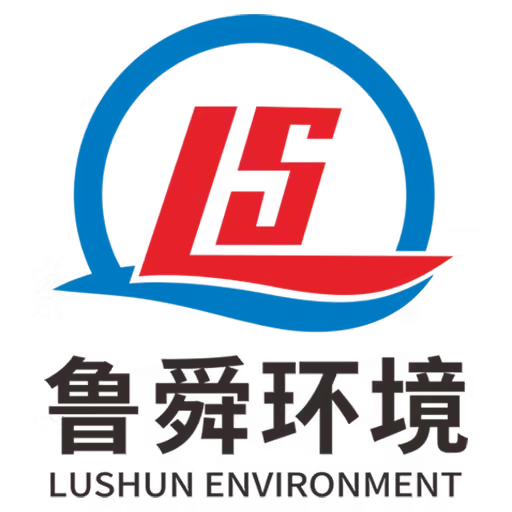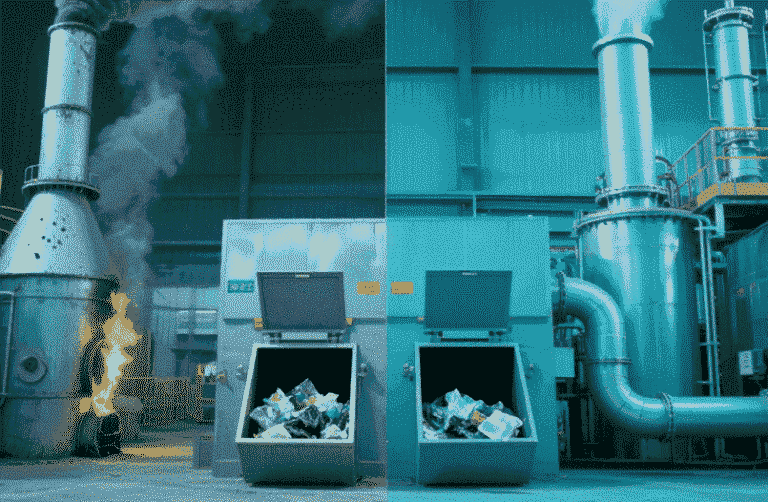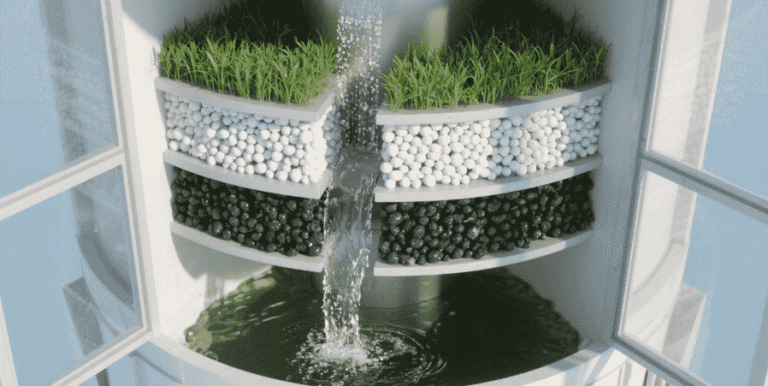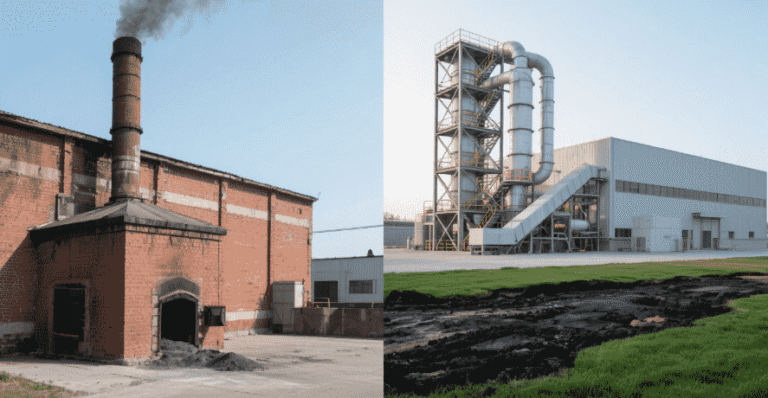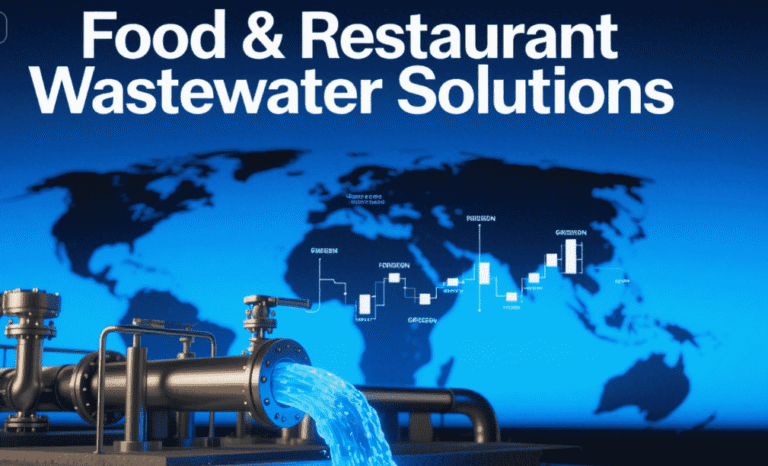Welcome to My Blog! 🌟
I’m so glad you’re here! Before we jump into the exciting content, I’d love for you to connect with me on my social media platforms. It’s where I share extra insights, interact with our amazing community, and post regular updates. Here’s how you can join the conversation:
📘 Facebook: Follow me on Facebook for more updates
Now, let’s dive into the journey ahead. I hope you find everything here both engaging and valuable. Together, let’s explore, learn, and grow! 🚀
Table of Contents
Introduction
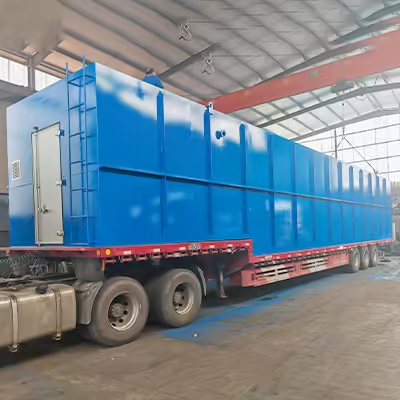
Choosing the right sewage treatment plant equipment is critical for ensuring reliable, efficient, and cost-effective wastewater management. For municipalities, industrial facilities, and commercial operations, selecting the optimal components—from biological reactors to sludge dewatering units—can have a lasting impact on compliance, operating costs, and environmental performance. In this guide, we share 10 essential tips for evaluating and choosing the best sewage treatment plant equipment to meet diverse requirements.
Shandong Lushun Environmental Technology Co., Ltd. is an environmental protection professional technology enterprise integrating environmental protection technology innovation, equipment manufacturing, integrated supply of environmental protection products, and related technical services. Leveraging advanced foreign technologies and in‑house innovation, we deliver competitive solutions in integrated buried sewage treatment, anaerobic towers, screw press dewatering, and related systems.
Tip 1: Understand Your Influent Characteristics
Analyze Flow Rates and Pollutant Loads
Before selecting any sewage treatment plant equipment, it is essential to thoroughly characterize your influent. Key parameters such as daily flow rate, biochemical oxygen demand (BOD), chemical oxygen demand (COD), total suspended solids (TSS), and nutrient concentrations play a pivotal role in determining the appropriate sizing and selection of the sewage treatment plant equipment. These factors will influence not only the design but also the specific treatment processes and equipment required to achieve optimal wastewater treatment.
Perform Pilot or Jar Tests
To gain deeper insights into how your specific wastewater matrix interacts with different treatment technologies, conducting pilot studies or simple jar tests is highly beneficial. These tests help in identifying the most suitable sewage treatment plant equipment and process for your needs, whether it’s an activated sludge process, a membrane bioreactor, or a physicochemical treatment unit.
Tip 2: Evaluate Treatment Technology Options
Compare Biological vs. Physicochemical Processes
When choosing sewage treatment plant equipment, it is crucial to assess the type of treatment processes to be integrated into the system. Biological methods, such as activated sludge processes or membrane biofilm reactors, excel at removing organic pollutants. These processes are commonly used in sewage treatment plants for their effectiveness. On the other hand, physicochemical units within the sewage treatment plant equipment handle residual suspended solids, phosphorus, and other non-organic contaminants.
Consider Advanced Hybrid Systems
For even more efficient and sustainable operations, hybrid systems such as anaerobic–aerobic towers are increasingly popular in modern sewage treatment plants. These systems can reduce energy costs by recovering methane from the process. Additionally, membrane-assisted systems offer compact footprints and deliver high-quality effluent, making them a great choice for sewage treatment plant equipment where space and performance are critical.
Tip 3: Verify Equipment Quality and Standards
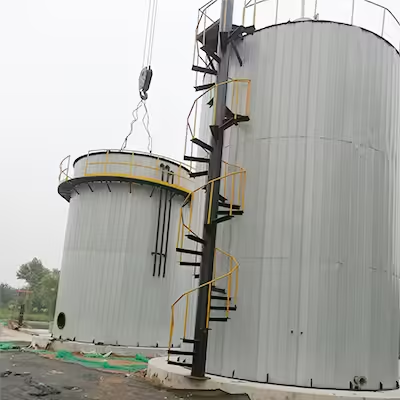
Check Material Grades and Durability
The durability of sewage treatment plant equipment is paramount to ensure long-term performance. Wastewater can be highly corrosive, and treatment systems often experience significant temperature fluctuations and exposure to abrasive solids. Therefore, materials used in the construction of sewage treatment plant equipment must be of high quality, such as stainless steel, fiberglass-reinforced plastic (FRP), or high-grade carbon steel with protective coatings. Choosing robust materials ensures that your equipment will withstand harsh conditions and require less frequent maintenance.
Look for Industry Certifications
Always ensure that the sewage treatment plant equipment you choose adheres to industry certifications and standards such as ISO, CE, or national regulatory standards. This ensures that the equipment is manufactured consistently and meets required safety and performance specifications, reducing the risk of operational issues.
Tip 4: Assess Footprint and Layout Requirements
Calculate Space Constraints
The available space in your plant is a critical factor when selecting sewage treatment plant equipment. Space constraints could limit your options, dictating the choice between different configurations, such as vertical anaerobic towers, horizontal clarifiers, or modular buried treatment units. Understanding the plant’s space limitations upfront will guide the decision-making process when selecting the appropriate sewage treatment plant equipment.
Plan for Future Expansion
In addition to current needs, it is important to account for future growth. As wastewater volumes may increase over time, allocating space for future expansion of your sewage treatment plant equipment, such as additional clarifiers, aerobic tanks, or sludge dewatering lines, is a smart long-term strategy. Modular equipment designs facilitate easy expansion to accommodate increased flow volumes.
Tip 5: Review Energy and Resource Efficiency
Optimize Aeration and Mixing
Aeration is a significant contributor to energy consumption in sewage treatment plants, often accounting for up to 70% of operational costs. To reduce energy expenses, choose energy-efficient sewage treatment plant equipment such as fine-bubble diffusers, variable-frequency blowers, and efficient mixing devices. These technologies help optimize aeration and mixing, thereby lowering energy consumption without compromising performance.
Recover Energy from Sludge
Some advanced sewage treatment plant equipment, such as anaerobic towers, can recover biogas from the treatment process. This biogas can be utilized to offset the plant’s energy needs, significantly reducing operational costs and the overall carbon footprint of the sewage treatment plant.
Tip 6: Ensure Ease of Operation and Automation
Look for Intelligent Control Systems
Modern sewage treatment plant equipment should come equipped with intelligent control systems for ease of operation. Real-time monitoring capabilities, such as pH, dissolved oxygen levels, and sludge blanket depth, via SCADA or PLC platforms, simplify plant management and improve operational efficiency. This automation helps ensure consistent treatment performance and reduces the likelihood of human error.
Prioritize User-Friendly Interfaces
User-friendly interfaces, such as graphical touchscreens, alarm notifications, and remote access capabilities, should be a priority when selecting sewage treatment plant equipment. These features allow operators to quickly make informed decisions, enhancing the overall operational experience and ensuring smooth management of plant processes.
Tip 7: Consider Maintenance and After-Sales Support
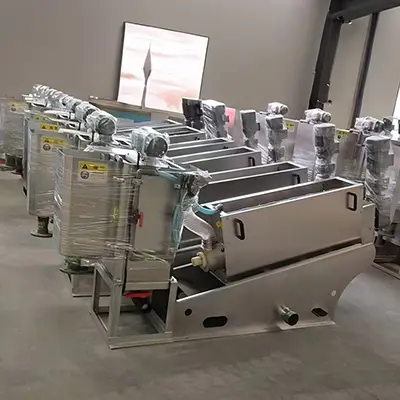
Evaluate Wear-Prone Components
Certain components of sewage treatment plant equipment, such as seals, bearings, and membranes, are subject to wear and tear. These parts require regular inspection and timely replacement to ensure optimal performance. When selecting sewage treatment plant equipment, be sure to consider the availability of spare parts and the ease of maintenance to minimize downtime.
Assess Vendor Service Programs
A reliable after-sales support program is essential for the long-term performance of sewage treatment plant equipment. Comprehensive service packages—including commissioning, operator training, and preventive maintenance contracts—help to ensure that the equipment continues to perform effectively throughout its lifecycle, maximizing uptime and minimizing operational disruptions.
Tip 8: Analyze Lifecycle Costs
Calculate CAPEX vs. OPEX Balance
While initial capital expenditures (CAPEX) are a critical consideration, the ongoing operational costs (OPEX) of sewage treatment plant equipment must also be factored into the decision-making process. Some equipment may have higher upfront costs but lower lifetime operating expenses due to better efficiency and lower maintenance requirements. It’s essential to calculate and balance CAPEX and OPEX to ensure the long-term viability of your investment in sewage treatment plant equipment.
Account for Sludge Handling and Disposal
Sludge handling and disposal can be a significant part of the operating costs. Equipment such as screw presses can reduce sludge volume, lowering downstream disposal fees. Consider sludge handling efficiency when selecting sewage treatment plant equipment to minimize both volume and disposal costs.
Tip 9: Review Environmental and Regulatory Compliance
Meet Discharge Standards
One of the most important aspects of selecting sewage treatment plant equipment is ensuring that it meets local or international discharge standards for BOD, TSS, nitrogen, and phosphorus. Choose equipment that guarantees compliance with regulatory limits to avoid costly fines and ensure that your plant operates within legal environmental parameters.
Plan for Emerging Pollutants
As environmental concerns grow, it’s essential to consider future-proof solutions. Sewage treatment plant equipment that incorporates technologies such as granular activated carbon or UV disinfection can effectively address emerging pollutants and micropollutants. These advanced systems provide flexibility and help meet stricter regulatory standards as they evolve.
Tip 10: Verify Scalability and Modularity
Choose Modular Designs
Modular sewage treatment plant equipment offers the flexibility of rapid installation and scalable capacity. Prefabricated systems allow for easy integration and expansion as wastewater volumes increase, making them an ideal choice for growing communities or industries. Modular equipment can also be adapted to meet specific treatment requirements as needed.
Evaluate Integration with Existing Infrastructure
When selecting sewage treatment plant equipment, it is crucial to ensure compatibility with your existing infrastructure. Consider options that offer retrofitting capabilities and are designed to integrate seamlessly with current civil works, piping layouts, and other critical infrastructure components. This reduces the need for major modifications and minimizes installation costs.
Performance Comparison Table
| Tip Category | Key Metric | Recommendation |
|---|---|---|
| Influent Characterization | BOD/COD ratio | Jar tests, pilot trials |
| Treatment Technology | Removal efficiency (%) | ≥ 95% for BOD, ≥ 90% for TSS |
| Material Quality | Corrosion resistance | Stainless steel or FRP |
| Energy Efficiency | kWh/m³ | < 0.5 kWh/m³ |
| Automation Level | Control parameters monitored | pH, DO, sludge blanket, flow rate |
| Maintenance Frequency | Downtime per year | < 5% |
| Lifecycle Cost | 20-year NPV | Evaluate CAPEX + OPEX |
| Regulatory Compliance | Effluent limits met | Local discharge standards |
| Scalability | Modular expansion capability | Add 25% capacity modules |
| Sludge Handling | Final cake dryness (%) | ≥ 25% |
Conclusion
Selecting the ideal sewage treatment plant equipment requires a holistic approach: from influent analysis and technology assessment to lifecycle costing and regulatory compliance. By following these 10 essential tips, decision‑makers can balance performance, cost, and sustainability, ensuring reliable long‑term operation.
Shandong Lushun Environmental Technology Co., Ltd. stands ready to partner with you—providing high-quality integrated buried sewage treatment, anaerobic towers, screw press dewatering systems, and comprehensive service support. Together, we can achieve cleaner water and a healthier environment.
FAQ
What is the difference between integrated buried sewage treatment and conventional systems?
Integrated buried systems combine biological and physicochemical processes in a compact, underground footprint, offering minimal odor and noise while maximizing land-use efficiency.
How do anaerobic towers contribute to energy recovery?
Anaerobic towers utilize microbial processes to convert organic matter into biogas (methane), which can be captured and used for heating or power generation on-site.
Can I retrofit existing plants with modular equipment?
Yes, many modular units from Shandong Lushun Environmental Technology Co., Ltd. are designed for seamless integration with existing infrastructure, minimizing downtime.
What maintenance is required for screw press dewatering?
Routine inspections of seals, bearings, and the screw shaft are recommended monthly, with full service annually to ensure optimal cake dryness and throughput.
How can I calculate lifecycle costs effectively?
Consider total CAPEX, annual energy consumption, chemical usage, sludge disposal fees, and maintenance expenses to determine the net present value over a 20-year horizon.
